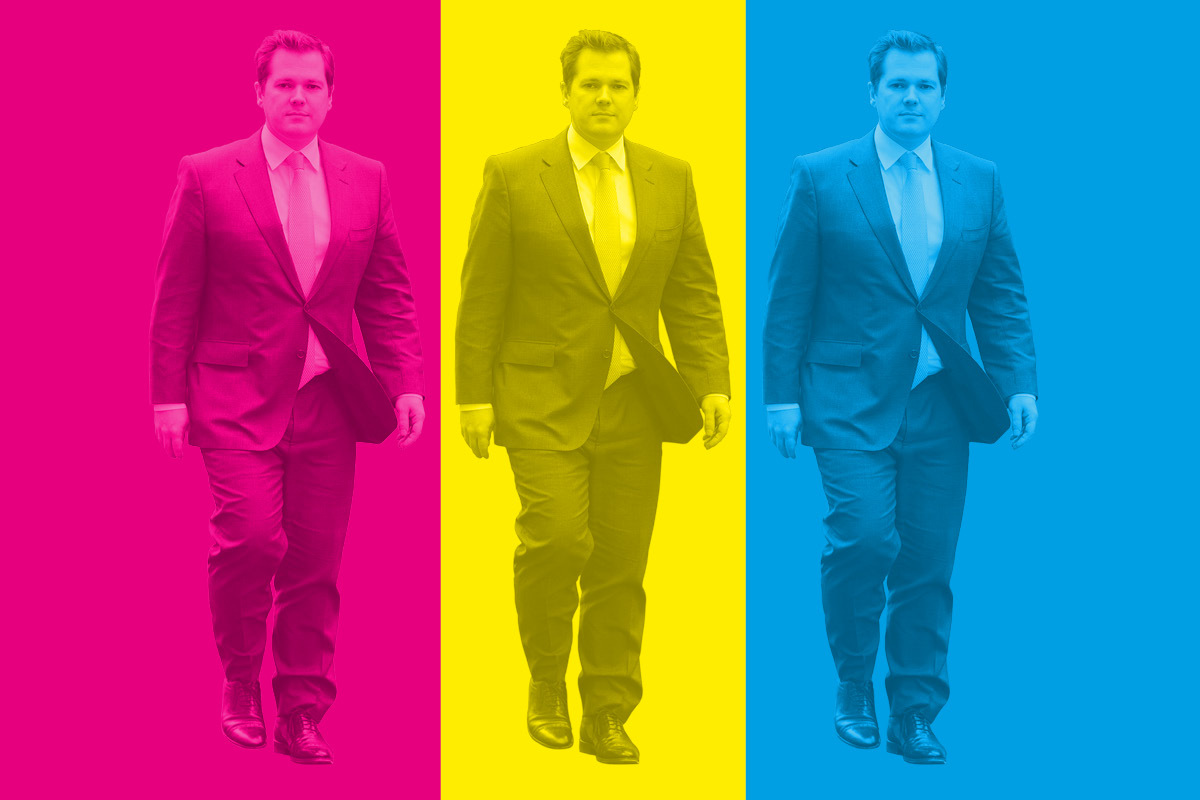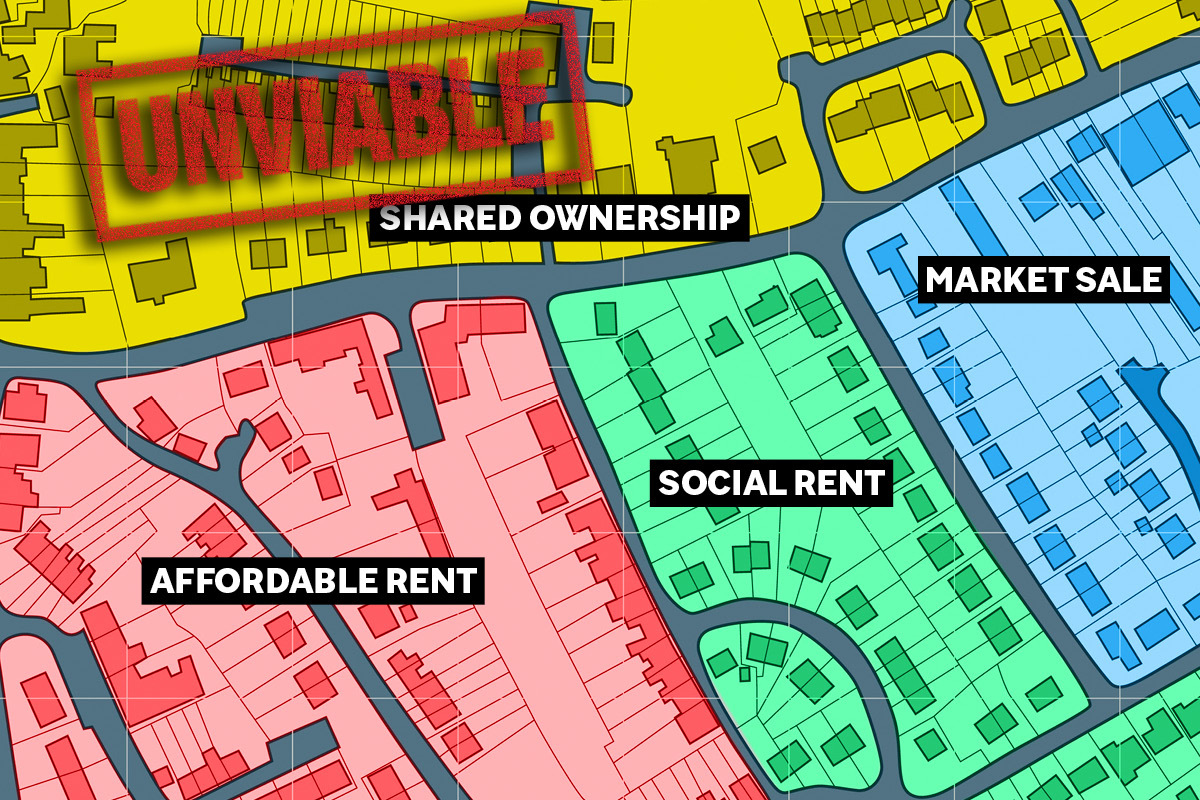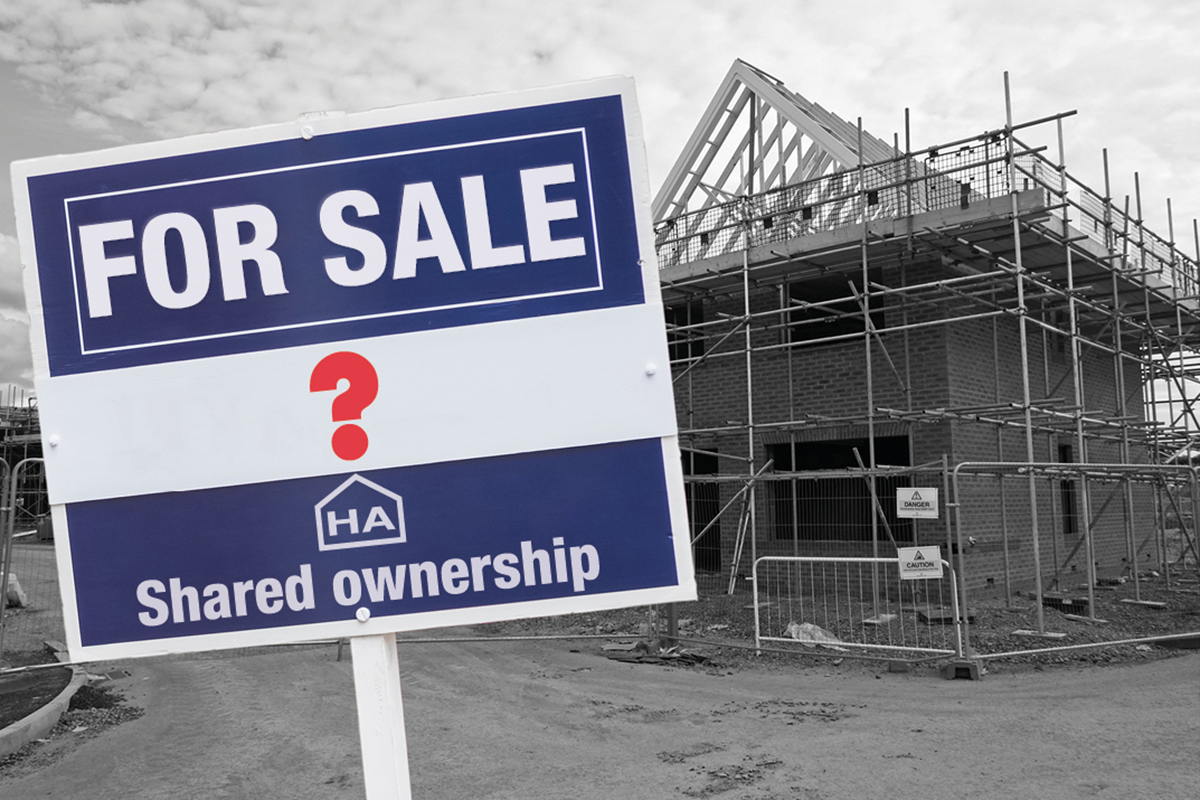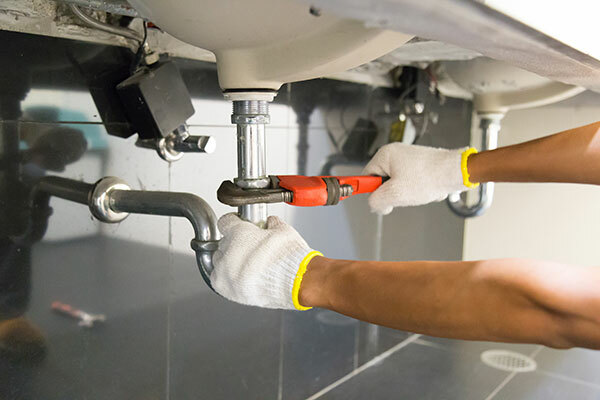You are viewing 1 of your 1 free articles
The new shared ownership model: why it is a headache for housing associations
The government has published a new model for shared ownership. However, not all social landlords are behind the move. Dominic Brady analyses why it might be a headache for housing associations
The government’s new £12bn Affordable Homes Programme (AHP), announced earlier this month, offered a first look at how the sector will be funded for the next five years and the conditions within which landlords will be able to access this funding. A major facet of the new programme is the government’s insistence that all shared ownership homes built using this fund must adhere to its new model.
The new model, which allows individuals to buy shared ownership homes with a minimum stake of just 10% and enables staircasing of just 1%, represents a significant departure from the existing policy, which stipulated a 25% initial stake and instalments of 10%.
The model also includes stipulations that housing associations must pay for repairs work for the first 10 years of ownership, as well as giving owners more control of the resale of their homes, all as a way of making the option more attractive to buyers.
The changes follow the strong focus on homeownership by the Boris Johnson-led government so far, in the hope of getting more people on the housing ladder, but as with any major policy change, the transition has thrown up several questions.
Here, Inside Housing picks through the key concerns for landlords around the new model.
Undermining the viability of the product
A 10% stake in the property is all that will be required to buy (picture: Getty)
One of the key features of the new model is the reduction of the minimum stake a customer must put forward to buy a property, from 50% to 10%.
The knock-on effect of this is that housing associations will receive less money up front from shared ownership properties, meaning some will have to consider the types of properties they can offer for shared ownership to make it financially viable.
As Nigel Sedman, group director of homes at ForViva, explains: “We are going to have to do some modelling to see what sort of value of property you would need to develop to make that viable, with just a 10% stake. The existing model did not work for us in a lot of areas and this will possibly push the viability threshold further down again.”
Mr Sedman notes that the new model may work in areas with high property values but will be less viable in places like the North West, where ForViva operates.
Jon Lord, chief executive of Bolton at Home and chair of Greater Manchester Housing Providers, describes the new model as a “balancing act” in which the association will have to consider how much of its resources it devotes to shared ownership schemes and warns that this could impact the scale of overall development from associations.
Difficulties borrowing
Lenders may become concerned about creditworthiness (picture: Getty)
Where individuals buy a property with a 10% initial stake, there are fears this could have a knock-on effect for how these homes are perceived by lenders.
Most landlords will have a limit on the amount of shared ownership homes that can be in charge when looking to borrow. With a smaller stake being offered up in the first instance by buyers, lenders may be sceptical about the creditworthiness of individuals and in turn the housing association.
This means it could be seen as credit negative by ratings agencies, and for those with large amounts of shared ownership there could be risks around their security positions.
There are fears lenders will demand housing associations accept more risk in a default situation and this comes despite there being quite a lot of risk for associations already under the current lease.
One housing association leader says these concerns are particularly severe when considered against the backdrop of the economic cataclysm brought by the pandemic. “The market is on shaky ground anyway, before government introduced this new model,” he notes.
Ten-year repair free leases
Landlords would have to cover repairs costs for the first 10 years (picture: Getty)
Under the new model, repairs costs on shared ownership properties will be covered by landlords for the first 10 years of the lease, a feature of the programme L&Q chief executive David Montague described as “deeply problematic”.
The idea is to make it more attractive for those buying a 10% stake. Under current rules, shared owners have to pay 100% of the service charge, including repairs, for that property regardless of how much equity in the property they own. Some thought taking on that level of responsibility for the service charge would dissuade those who could only afford a 10% stake initially.
But Jonathan Corris, partner at Devonshires, warns of a lack of clarity on the proposals, particularly around repairs jobs which are a result of tenant negligence.
“I expect registered providers will still want the power to recover from tenants where the issue is the fault of the tenant – for example, misuse of a boiler,” he says.
Mr Corris also notes the likely impact this will have on housing association finances.
“Suddenly, all registered providers are now going to have to look at what they need to set aside as a reasonable cost budget against those units,” he explains.














